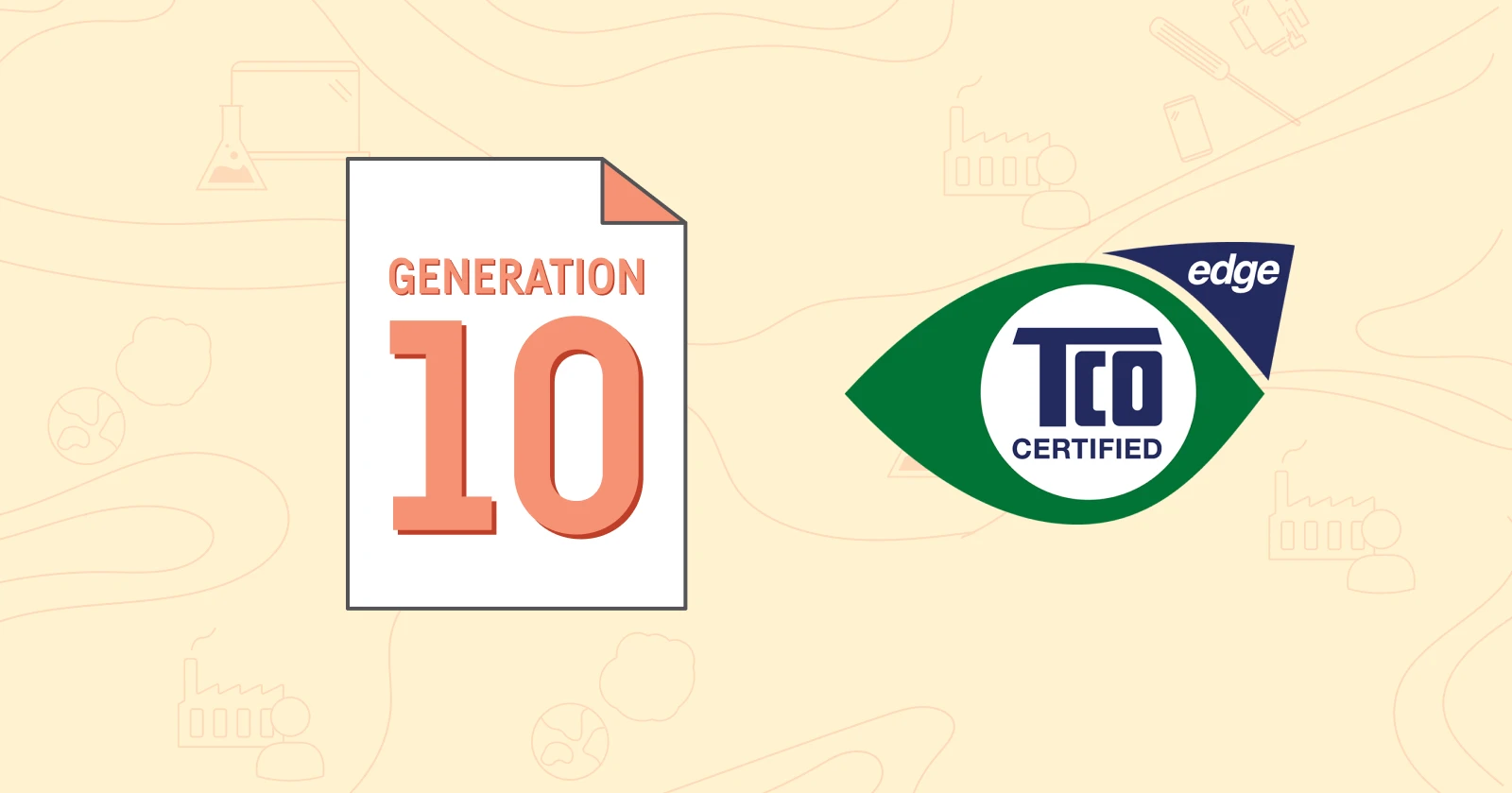This is an old technical article and the information may be outdated. Please contact certification@tcodevelopment.com with any questions regarding the information in this article.
The use of touch modules on panels incurs extra testing as the panels used must be tested with and without the touch module. TCO Development has done some investigating to see if we can create more efficiency in this process.
We have tested 13 screen/touch panel combinations to find out if there were any differences in the visual ergonomics when testing with and without the touch module. The conclusion is that when a touch module is added to a panel, the maximum luminance of the panel is most likely reduced and at the same time, the color area most likely increases.
To streamline this process, we will now allow testing of panels without touch module to be representative of testing where a touch module is added, as long as the panel passes the visual ergonomics testing with an added margin for the max luminance, so that the panel will pass even when the touch module is added.
This means that if a brand owner can show a test report for a panel that passes the TCO Certified visual ergonomics test and has a high enough maximum luminance (199 cd/m² for notebooks), they can now add new touch modules to a certificate without having to do additional testing.
Panels with touch will be approved by declaration of identity based on the test report of the non-touch panel. This testing must be carried out by a TCO Certified accepted testing facility.
This exception is valid for Displays, All-in-One PC’s and Notebooks.



